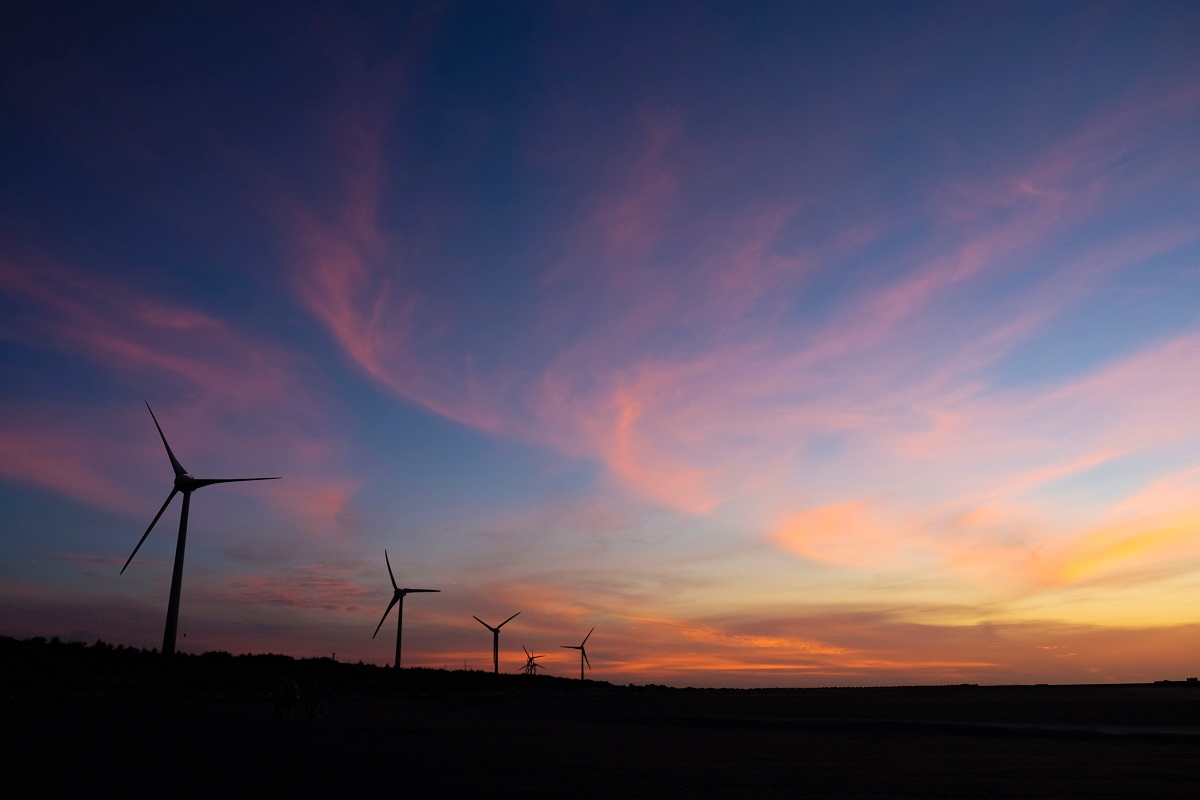The Middle East has made significant investments in solar power and other renewable energy technologies in recent years. Between 2010 and 2020, renewable energy output in the region quadrupled to 40GW, and it is expected to double again by 2024.
Given that the Middle East has among of the world’s greatest petrochemical reserves and is one of the world’s major oil exporters, this news may come as a surprise to some outside the area. However, this tendency is being driven by a number of factors. Because of the instability of oil prices, fossil fuels have become a hazardous investment, and renewable technologies are becoming increasingly cost-competitive with fossil fuels, Architect magazine writes.
Furthermore, the Middle East receives enough sunlight and has huge, relatively unpopulated desert landscapes that are ideal for solar energy gathering. These solar farms are less expensive to build and operate than typical petrochemical facilities, and they emit significantly less pollution.
In the UAE, the combination of rising natural gas prices and falling solar PV costs has made renewable energy more appealing. The government wants to draw half of its energy from non-fossil fuel sources by 2050 and to create 20% of its power from these sources within three years. The UAE’s sustainable energy ambitions are on show at the Dubai Expo 2020, in the form of active applications and experimental research demonstrations.
Khalifa University, for example, is working on energy-storing ceramics that act as batteries, supplying electricity in the absence of sunshine. The ceramics are created entirely of repurposed solid industrial waste, such as incinerator ash and steel slag, and have a 20% reduced carbon footprint than virgin materials. Nicolas Calvet, an assistant professor of mechanical engineering at Khalifa University, founded Seramic Materials to commercialize this technique.
Beyond the Expo, one need only turn at the Mohammed bin Rashid Al Maktoum Solar Park to see hints of the Middle East’s impending renewable energy revolution. The gigantic installation, located in the vast desert approximately 30 miles south of Dubai, is the world’s largest single-site solar park, with a 5,000MW output capacity planned by 2030. Other projects, such as a 3.2 million solar panel complex south of Abu Dhabi that will compete for the title of the largest single-site solar park, are in the works. “It’s quite unusual to have a solar power plant in a country wealthy in oil and natural resources like gas,” an Abu Dhabi project official told the Business Standard. “Solar energy, in our opinion, is the way of the future.”

